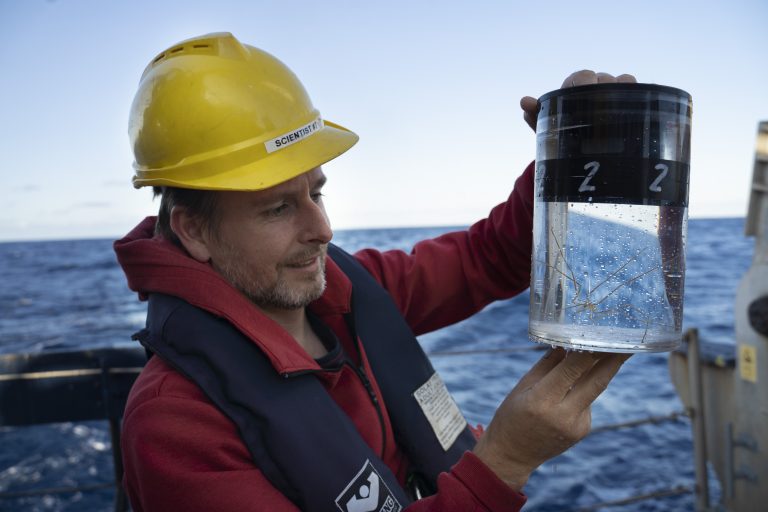As we explore Bremer Canyon, many of the animals we encounter are being observed alive for the very first time. This includes several hermit crab species seen scuttling across the sea floor. Hermit crabs are one of the most familiar groups of crustaceans, known for their curious habit of inhabiting empty snail shells. However, the two species of deep-water hermits we have encountered on this expedition do things quite differently from those you might find at your local beach.
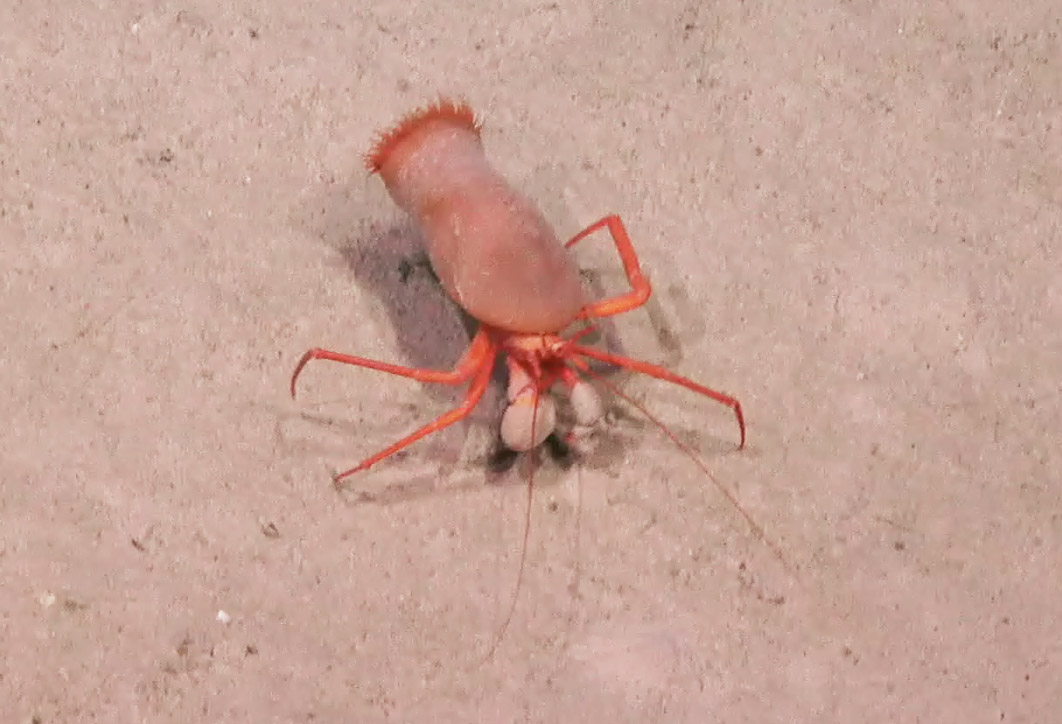
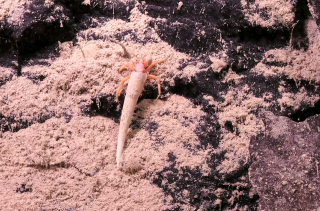
No twist in the tale
Hermit crabs have several anatomical features that have become adapted to living inside shells of gastropod snails. As snail shells are coiled, a normal hermit crab’s abdomen is similarly coiled in order to fit snugly inside. This coiling makes the body of the hermit asymmetrical. Hermits grip the insides of the shell with limbs that have special gripping pads. The first hermit species we encountered was not living inside an ordinary snail, but inside what is known as a tusk shell, which belong to a different group of molluscs known as the Scaphopoda. These shells are straight and would be exceptionally uncomfortable for the average hermit to occupy. Certain hermit crab species have evolved symmetrical abdomens and are exclusively found inhabiting these tusk shells.
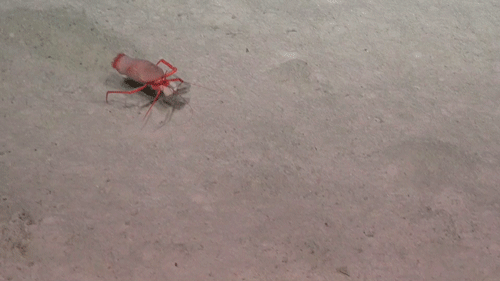
Growing Pains
A problem that all hermit crabs face is that their bodies grow and get bigger, but the shells they occupy do not. As a result, hermit crabs must find another, larger shell in which to reside. On our first dive we encountered many specimens that have a unique work-around to this shelly problem. This hermit (a species of Parapagurus) has evolved a symbiotic relationship with a sea anemone-like animal known as a zoanthid. When the hermit is small they pick up a shell as per normal, and at some point the zoanthid attaches to it. As the hermit crab grows, so too does the zoanthid, which begins to take on the role of the original shell. It creates a coiled cavity to accommodate the abdomen of the hermit crab. This allows the crab to avoid the costly, and often dangerous, exercise of searching out and swapping shells. As an added bonus, the stinging cells in the tentacles of the zoanthids (known as nematocysts) are a deterrent to predators like octopi from eating the hermit.
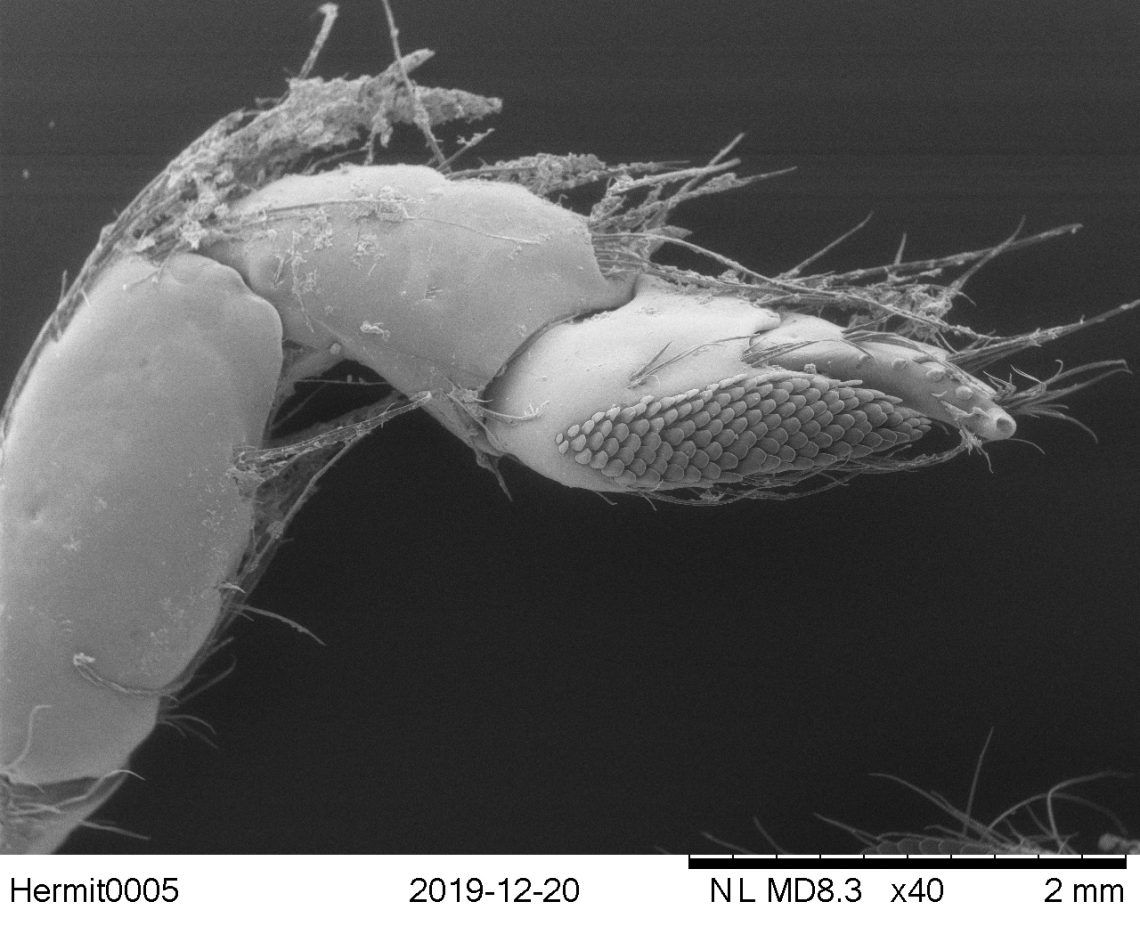
The soft, fleshy abdomens of hermit crabs makes them quite vulnerable, and the need to inhabit empty shells can be a significant impediment in the deep-sea where the overall abundance of available gastropod shells is low, relative to shallow waters. This potential scarcity may have pushed these hermit crabs to evolve and adapt to utilising a different set of resources that are available in the deep sea, allowing them to thrive.
